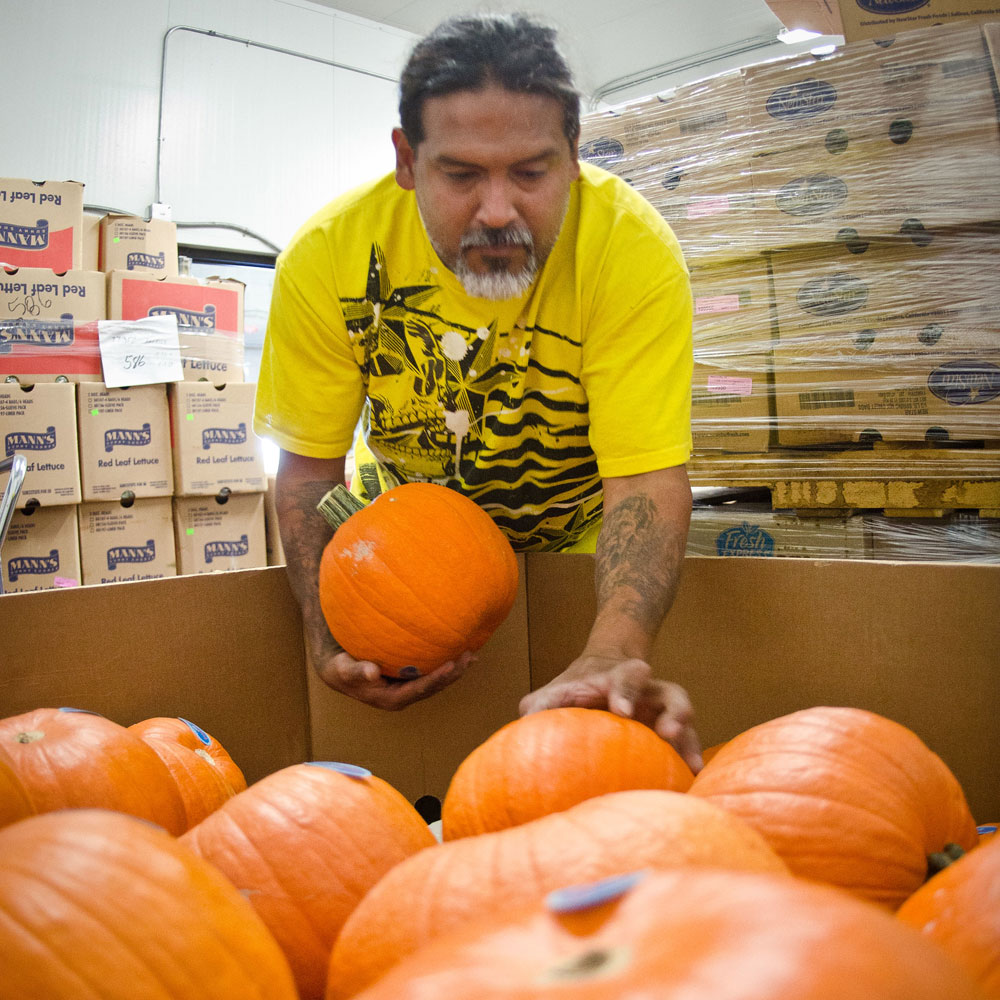
March 15, 2020; Crain’s Cleveland Business, WXMI-TV, KABC-TV, and Tampa Bay Times
As anxieties surrounding COVID-19 have spread rapidly over the past week, the nonprofit sector has been dealing with the sunk costs and vanishing revenue associated with cancelled events and the concomitant drop in funding as it confronts the possibility of a global recession. One of the less discussed but strongly felt results of this public health crisis has been the loss of volunteers. Many nonprofits, particularly those focused on our most critical social services like feeding and housing community members, rely heavily on a volunteer workforce—a workforce that is now disappearing due to warnings to stay at home.
According to the Corporation for National and Community Service (CNCS), volunteerism in the United States is valued at $167 billion dollars, which includes traditional volunteerism, as well as informal volunteerism (doing favors for friends, family, and neighbors). Boomers and the Silent Generation—citizens 56 years and older—are the largest percentage of traditional volunteers at local direct service organizations, given that they’re more likely to be phasing out of the workforce or retired. This is the population that is most vulnerable to COVID-19 and is being encouraged to remain home and practice social distancing across the US, even beyond the virus’s current hot spots in Washington, California, and New York. Food pantries and homeless shelters are scurrying to replace these volunteers with a younger generation that is at lower risk and might be more willing to serve. As the guidelines and restrictions related to the novel coronavirus become more and more severe every day, it’s unlikely that nonprofits will be able to fully replace this workforce.
“Within the last 48 hours, 11 volunteer groups have canceled at Project Angel Food,” said executive director Richard Ayoub. “That’s a very dramatic shift in volunteerism.”
Sign up for our free newsletters
Subscribe to NPQ's newsletters to have our top stories delivered directly to your inbox.
By signing up, you agree to our privacy policy and terms of use, and to receive messages from NPQ and our partners.
Many volunteer conveners and service organizations, such as CNCS and Points of Light, are sharing strategies and resources to encourage volunteers to continue to engage through the COVID crisis. Those strategies are largely focused on virtual and skilled volunteering, which can support a needed investment in nonprofit capacity, and particularly support the new more acute needs they now face through what the private sector dubs “business continuity”—financial scenario planning, crisis communications and facilities strategies. This could ultimately minimize the impact of the loss of a volunteer workforce.
It’s hard right now to know how possible it will be for individuals to engage from home over an extended period of time. Those who are employed may have more time on their hands, but they also may be dealing with intensified pressures from work and having kids at home. Access and familiarity with the technologies needed to engage virtually also vary. Still, these virtual and skills-based strategies are critical to maintaining a portion of the volunteer workforce over the coming months.
Either way, those strategies don’t address the challenge faced by food pantries and food delivery services, such as Meals on Wheels and God’s Love We Deliver, that are seeing an uptick in need while trying to figure out how to maintain and protect their staff and volunteers in this environment. While current funders should be encouraged to help inject these organizations with the resources they need to compensate, it’s hard to rely and manage this sort of acute, immediate rise in need solely through private grants. Federal and state measures to protect their citizens are going to need to help these organizations fill the void that the volunteers leave through funding, protective measures, and support services.—Danielle Holly











